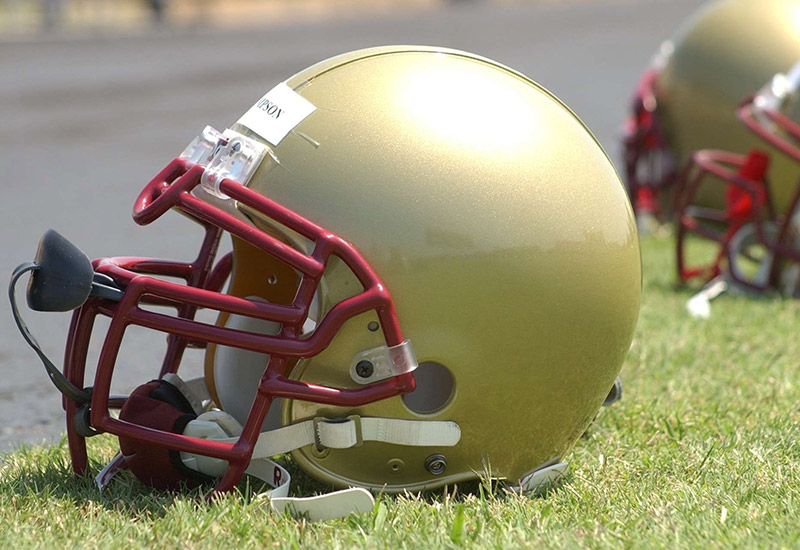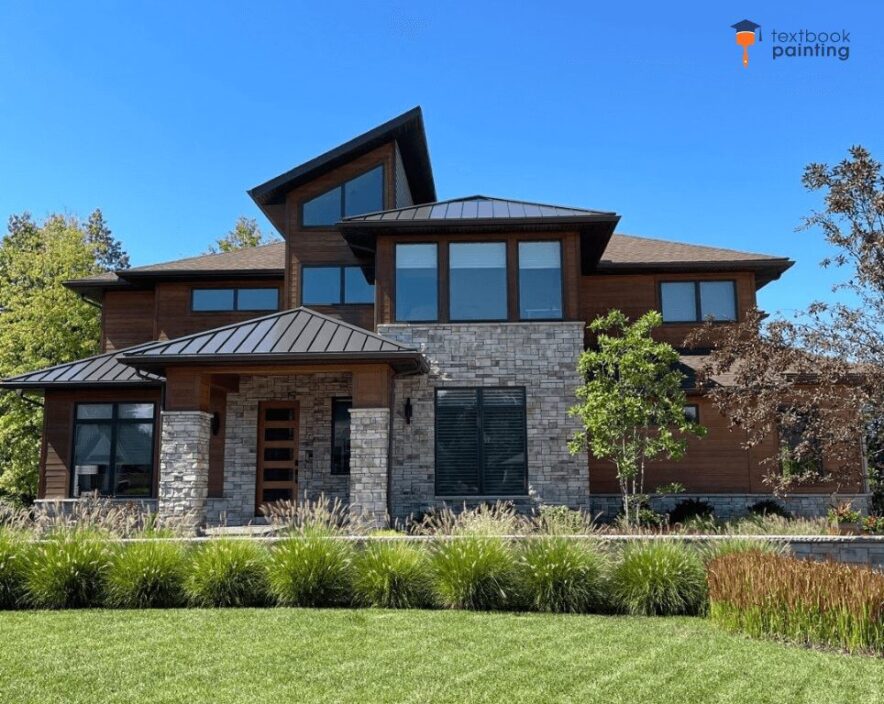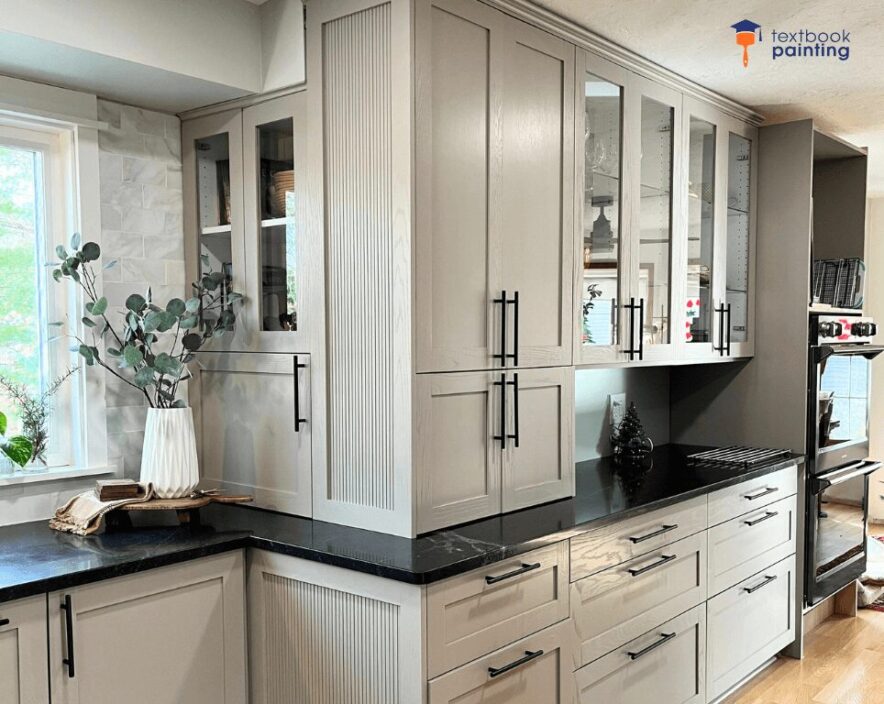If you’re looking to restore an old team helmet or make yourself a cool decorative item, it is important to know how to paint a football helmet. It is also important to know that this is for decorative purposes only and should not be worn on the field. If you’re looking for a more practical use, check out the National Athletic Equipment Reconditioners Association to find a licensed business near you.
Now, as with any kind of painting, the prep work is as important as the actual painting. Follow our steps below to help get the best results for your project!
Step 1: Scrape and Clean the Helmet
Scrap any decals or stickers off. Feel for any leftover residue, and make sure you remove that as well. Then wash the helmet. You can use a regular cloth or sponge and some soapy water. Make sure to dry the helmet completely before moving to step 2!
Step 2: Sand the Helmet
After your helmet is completely dry, you can start sanding. This will even out any gashes or other imperfections. This also insures an even surface to apply the paint to. Regular fine grain sandpaper is probably the best method for sanding, and a sanding block can help reach in any divets in the helmet. Make sure to roughen up the entire surface so the paint will adhere well. Remove any left over dust with a tack cloth.
Step 3: Cover the Inside
If you don’t want any excess paint to coat the inside of the helmet or any other part, it’s a good idea to use painters tape and plastice to help cover up these areas. Make sure you’ve taped in the appropriate places, not covering any of the actual helmet you intend to paint.
Step 4: Hang the Helmet Up
The best way to insure an even coat on the whole helmet and the most efficient way of painting it is to hang it from something – like a clothing line. If you don’t have one of those, bending a wire hanger and hanging it from a tree can work quite well. You could also try placing it on something like a candlestick holder or something similar, so all of the edges are free. Once the helmet is suspended off the ground and the edges aren’t touching anything, you are ready to start painting.
Step 5: Painting
Good ventilation is important, especially if you’re not doing this outside. Also, you should accomadate for any over spray as well. Try using cardboard to help with that – either to lay under, or to make a wall around the helmet. You should hold the spray can about 8-12 inches from the helmet and apply the paint in short controlled bursts. Paint a light coat that covers the whole helmet and allow to dry. Depending on the product, you should wait between 15 minutes and an hour to apply the second coat. Again, using short bursts apply a second coat of paint to the helmet. Allow this coat to dry overnight. Inspect the helmet to be sure that paint has dried evenly. If there are still areas where the paint is not to your liking, a third coat of paint can be applied. After drying, you can now re-apply the decals and pads to the helmet. If you are looking for a professional finish, the next step is recommended to give a lasting shine.
Step 6: Polishing
I recommend using a high quality car polish. You can use something like Novus Plastic Polish, which is available at many autobody supply shops. Using a small cloth, apply the wax evenly to the whole surface, concentrating on small areas at one time. Once the polish has dried, you can buff the helmet to a deep shine similar to a custom car paint finish. Using a buffer attached to a drill is the easiest way to buff the paint well.
Painting a football helmet is actually an easy thing to do if you follow the correct steps. Always use a spray painting mask and remember to apply the spray paint quickly and with short bursts – you don’t want to have to much paint on the surface as this will likely end up looking sloppy and uneven.
For more of a visual reference, check out this YouTube video.
Have any tricks that you’ve used when painting your own helmet? Let us know in the comments below!






